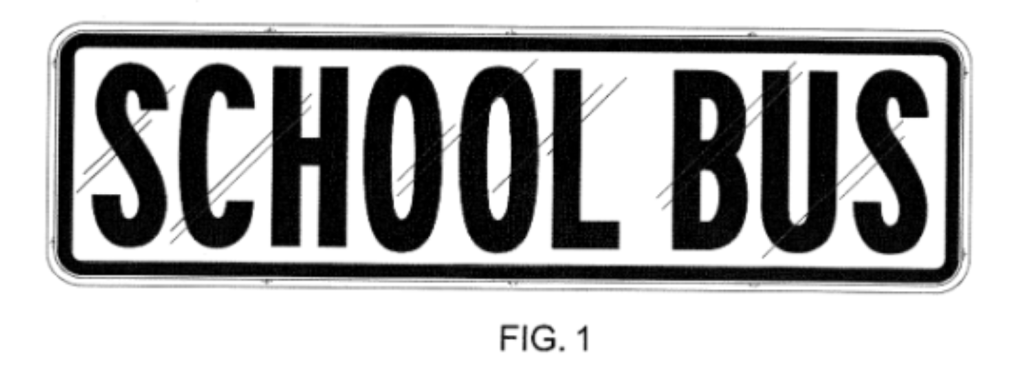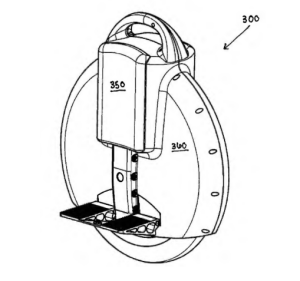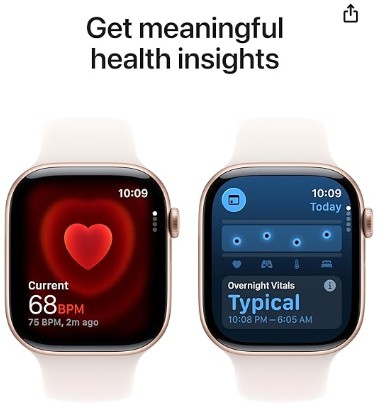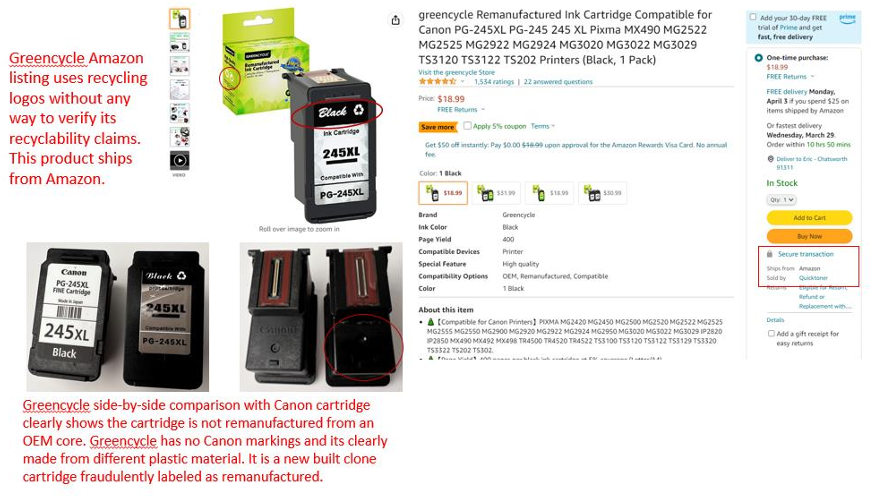by Dennis Crouch
Micron v. Longhorn IP, Appeal No. 2023-2007 (Fed. Cir. 2025)
This interesting pending case focuses on an Idaho state law regulating patent trolls. Idaho Code § 48-1703(1).
"It is unlawful for a person to make a bad faith assertion of patent infringement in a demand letter, a complaint or any other communication."
Back in 2022, Katana, an affiliate Longhorn, sued Micron for patent infringement in the W.D.Tex. Micron responded in two ways: it asserted a counterclaim under Idaho's statute in the Texas case and, one month later, filed a separate Idaho action against Longhorn under the same theory. The cases were later consolidated in Idaho, and Judge David Nye ordered Longhorn or Katana to post an $8 million bond under the Idaho law before the case could move forward. In the process, Judge Nye upheld the Idaho law against preemption and First Amendment (petition the government) challenges and also found a "reasonable likelihood" of bad faith assertion by Katana. The case is now on appeal before the Federal Circuit with oral arguments held recently before Judges Lourie, Schall, and Stoll.
Idaho is the only state whose anti-troll statute expressly regulates complaints filed in federal court. Most states, including Vermont, explicitly exclude litigation conduct from their statutes. Vt. Stat. Ann. tit. 9, § 4197(a). Idaho's statute also authorizes an uncapped bond when a target shows "reasonable likelihood" of bad faith, without requiring findings equivalent to either the Federal Circuit's established standard for bad faith assertion liability which requires objective baselessness plus subjective bad faith. See also, Professional Real Estate Investors, Inc. v. Columbia Pictures Industries, 508 U.S. 49 (1993) (sham litigation test).
To continue reading, become a Patently-O member. Already a member? Simply log in to access the full post.






